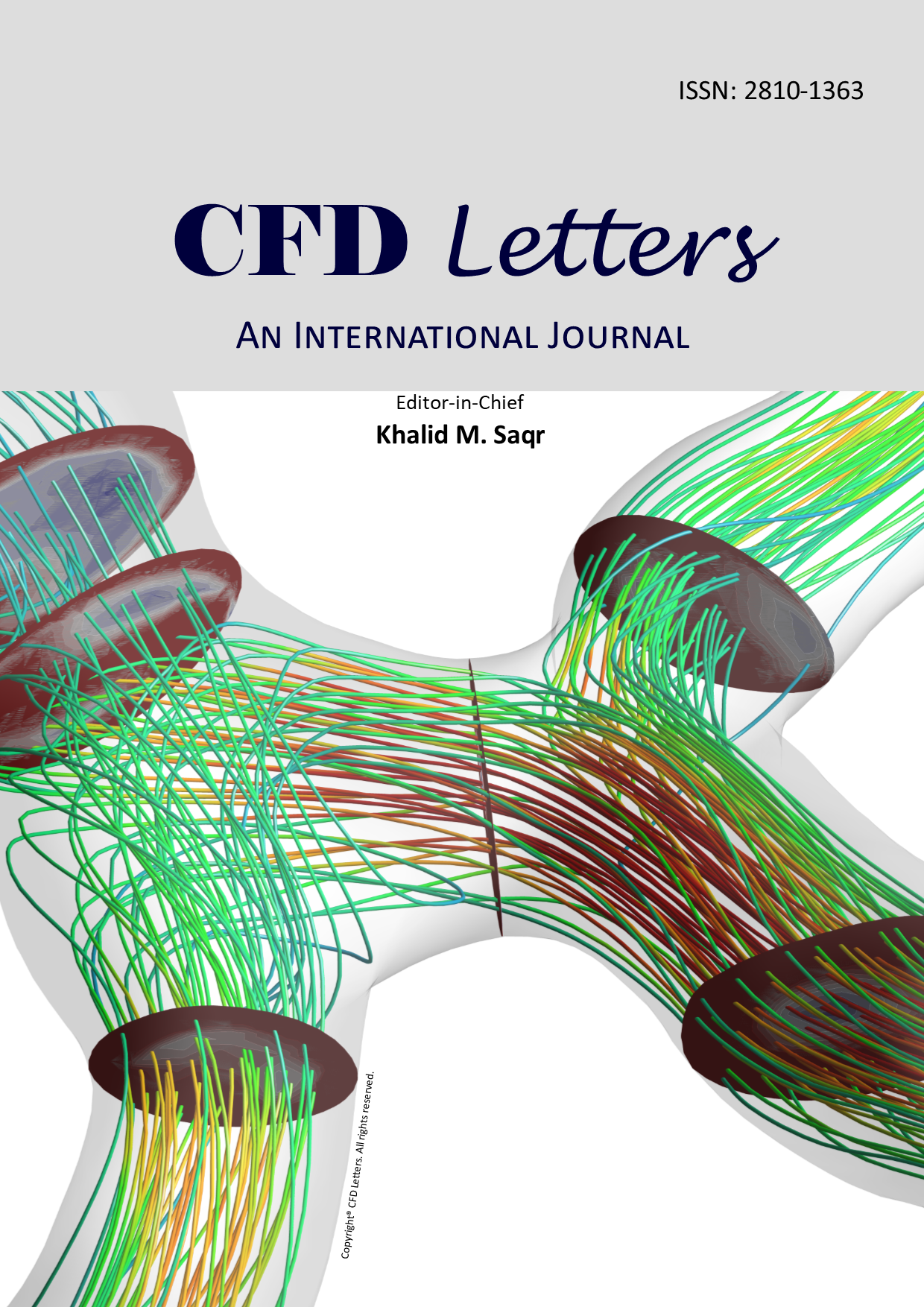Analysis of the Effect of Phase Change Material on Indoor Temperature in Subtropical Climate Region
DOI:
https://doi.org/10.37934/stve.1.1.111Keywords:
Phase Change Material, Subtropical climate, Buildings, Thermal comfort, Thermal PerformanceAbstract
Efficient use of energy is a need of time. The extravagant use of energy has caused depletion of energy resources which has raised concerns in scientific community. Past studies revealed that among differentapplications that consume energy, buildings are the major consumers of energy. In some countries, 50% of the total energy is consumed by buildings. Most of energy in buildings is used for heating, ventilating and air conditioning (HVAC) purpose. One of the methods to conserve energy and reduce the amount of energy required for HVAC purposes is modification in building envelope. Incorporation of phase change materials (PCM) in building envelope is one of such modifications. This paper reports the analysis of the use of PCM in prototype residential building. The results suggested that PCM can store considerable heat while undergoing phase change. This was shown by very stable indoor temperatures over 24 hours. A maximum of 2°C temperature variation was recorded in the room with PCM incorporated in walls and slab. While the variation of temperature over the day and night for a reference room without PCM was 7°C to 8°C. This suggested that PCM can be helpful in shifting the peak load hours.









